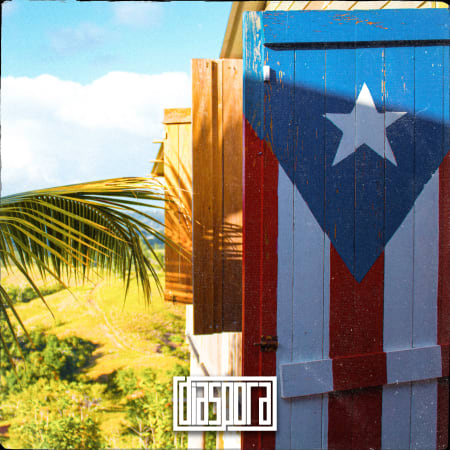America owes most - if not all - of its musical innovations to African American people. Rock, hip hop, bluegrass, jazz, and beyond were all influenced by traditional African music styles brought to America by enslaved African people. For example, the banjo is a direct decedent of the akonting created by the Jola people found in Senegal, Gambia, and Guinea-Bissau in West Africa, creating a direct connection from the African diaspora to bluegrass, country, blues, and jazz. The images we conjure of old white men on their country porch playing the banjo would not exist without West African people, their culture, and their musical inventions.
Diaspora refers to the scattering of a population from a common point of origin and the communities that form as a result. Diaspora is often described as a condition of placelessness—not fully belonging to any one place or another. However, it’s also a condition of place—the formation of new traditions and cultures when a population of people is displaced or choose to migrate from their homeland to new land.
According to Spinditty.com, during the early days of the African slave trade, enslaved Africans used traditional music as a means of retaining a connection to their culture and each other, and to protest the conditions they were forced to endure. They also developed a way of using drums to communicate with one another via coded messages to stage revolts against their slave masters. When the landowners eventually figured out what was going on, they took away their drums, but the African Americans developed new ways of creating similar rhythms using other objects or only their hands, as well as complex vocal techniques to simulate drumming (Sullivan, 2001). These early innovations by African enslaved people paved the way for future musical innovation by the African American community and are the origins of the call and response found in much Black music and community celebrations.
The music of the African American cultures was not a carbon copy of those found in Africa, however. Through time, enslaved African Americans combined their traditional music with European styles they picked up from white landowners and surrounding people.
In the early part of the nineteenth century, African American musicians began performing in degrading minstrel shows, originally developed as a way to mock African Americans for white entertainment. The performers played to stereotypes that white people created to oppress African Americans and had no choice but to participate in their own subjugation.
It wasn’t until the turn of the twentieth century when ragtime, which was a rejection of European musical styles and served as an act of rebellion, paving the way for new musical innovations by African Americans. Ragtime became the first African American music to have an impact on mainstream popular culture. Piano "professors" such as Jelly Roll Morton played ragtime in the bordellos of New Orleans. Ragtime was an influence on early jazz. You can hear Jelly Roll Morton in the Harlem stride piano style of players such as James P. Johnson and Fats Waller.
From ragtime came blues, which emerged after the Civil War as an outlet for “vented African-American frustration and disillusionment (Sullivan, 2001)” with the way they had been treated. It’s said that early blues used a language of double entendre and hidden meanings, similar to the language employed in early slave spirituals. This theme is continued throughout jazz and of course hip hop and rap with artists paying homage to and pulling influence from early African American peoples and their tactics of survival, communication, and rebellion.



























